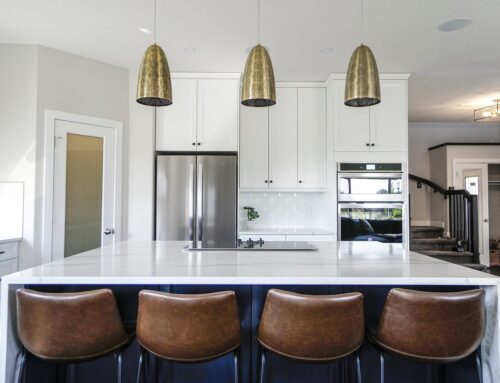Where do you start when you’re on a mission to achieve a HHH (happy healthy home)? You can start right here by having a read of the 25 Building Biology principles.
In order to live as closely with nature as possible whilst reducing the impact of the built environment on human health, these principles can offer you some guidance. These principles may differ slightly, depending on the different sources from across the globe, but the end goal is always the same…keep humans and the planet healthy!!!
25 Building Biology Principles
- A building site shall be without natural (geopathic stress) or man-made disturbances such as electromagnetic fields and radio frequencies.
- Place dwellings away from industrial centres and major traffic roads, to reduce pollution and noise.
- Dwellings should be placed well apart from one another in spacious planned developments and amid green areas.
- Dwellings and housing estates should be fit for human habitation, built in harmony with nature, individualistic, and suitable for family life.
- Use natural and unadulterated building materials.
- Natural regulation of indoor air humidity using hygroscopic and breathable materials especially on floors, walls and ceilings.
- Use interior materials capable of sorption for neutralisation of pollutants and air filtering.
- Minimise exposures to mould, bacteria, dust, and allergens.
- Select the best possible drinking water quality.
- Design for a balance between heat storage and thermal insulation in living spaces.
- Plan for optimal surface and air temperatures in any given room.
- Use thermal radiation for heating buildings, employing solar energy as much as possible.
- New buildings should have low total moisture content and dry out quickly.
- Buildings should be neutral or pleasant smelling, avoiding any sources of toxic vapours.
- Provide natural light and use illumination and colour in accordance with nature.
- Provide adequate protection from noise pollution, including infrasonic and ultrasonic vibrations (eg. wind turbines).
- Avoid using building materials that have elevated radioactivity levels.
- Natural (DC) magnetic fields should not be altered or distorted.
- Reduce exposure to made-made electromagnetic fields and radiofrequency radiation.
- Changing the natural balance of background radiation as little as possible (cosmic and terrestrial).
- Consider harmonious dimensions, shapes, and proportions in design.
- Furniture and interior design are based on ergonomic and physiological principles.
- The production of building materials and the building process should not cause environmental problems or waste energy.
- The production of building materials and the building process should not contribute to the overuse of natural resources and limited raw materials.
- The production of building materials and the building process should not cause any side effects that could be hazardous to health and social wellbeing.
I have to say, although every point is just as important as the other, I do love No. 3! It is becoming harder and harder to have outdoor space + privacy. That is definitely up there on my priority list! If you need further clarification on any of these principles or have any questions feel free to get in touch with us.



